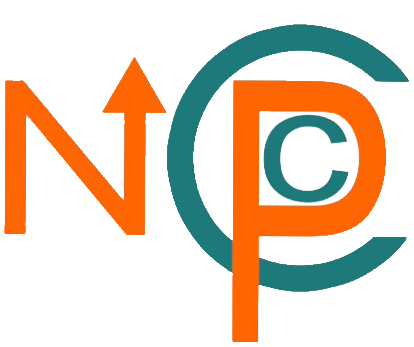Available Courses under CARDTP
-
Intermediate Spreadsheet (CIT203)
The Intermediate Spreadsheet course is designed to provide participants with the functional knowledge and skills necessary to produce automated spreadsheets using productivity tools such as Microsoft Excel.
The course supports both collaborative and independent learning, and seeks to cultivate a respect for intellectual property and copyright issues.
Course BreakdownModule Number Title Number of Hours 1 Review and Spreadsheet Preparation 3 2 Using Form Controls with the IF and VLOOKUP Functions 7 3 Macros 9 4 Data Forms 1 5 Error Trapping and Data Validation 6 6 Cell Protection and Macros that Run Automatically 3 7 Customizing the Spreadsheet 3 8 The Visual Basic Editor and UserForms 10 9 Financial Functions 3 Total Hours 45 -
Introduction to Computer Software (CIT101)
This course is designed to provide participants with functional knowledge of essential computing concepts, and the knowledge and skills necessary to use the productivity tools such as Microsoft Office Suite, Libre Office, Open Office and Google Suite to design and create documents, spreadsheets and simple relational databases. This course is designed to support collaborative and independent learning and cultivate respect for intellectual property and copyright issues.
Course BreakdownModule Number Title Number of Hours 1 Computing Concepts 6 2 Word-processing Fundamentals 13 3 Working with Spreadsheets 13 4 Introduction to Databases with Microsoft Access 13 Total Hours 45


